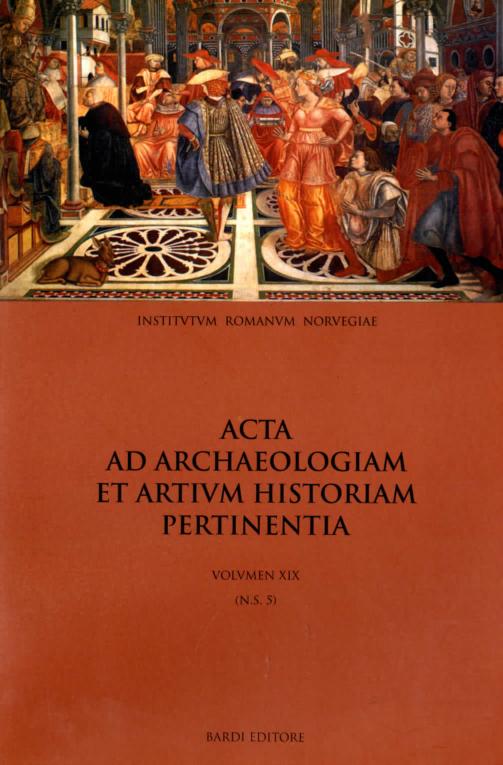Sacred and Profane Love in the Early Work of Titian
DOI:
https://doi.org/10.5617/acta.5729Abstract
The famous canvas in the Galleria Borghese known commonly as Sacred and Profane Love is merely one work among many in which Titian sought to explore the moral nature of love. His preoccupation with this theme manifests itself, I believe, in several works of his early maturity – works whose puzzling and unprecedented formal characteristics have yet to be adequately interpretated. After introducing my argument with a brief look at two highly problematic pictures, the Sacred and Profane Love itself and the so-called Three Ages of Man in the National Gallery, Edinburgh, I focus on two of Titian’s works that articulate the relation between divine and earthly love particularly clearly: the Noli me tangere in the National Gallery, London, and the Assumption of the Virgin in the Frari, Venice. The Noli me tangere contrasts the divine love of Christ with the human love of the Magdalen, whose inappropriately sensuous state of mind is figured in the pastoral landscape round about. Similarly, the Assumption of the Virgin is carefully composed in order to draw out a contrast between the intesely spiritual love of the Virgin, which fuels her visionary ascent, and the earth-bound affections of the apostles. The paper thus traces the imprint of the idea of sacred and profane love on the formal qualities of these two compositions, initiating a line of interpretation that may further illuminate Titian’s work in general.
How to Cite
Issue
Section
License

This work is licensed under a Creative Commons Attribution-NonCommercial 4.0 International License.
Authors who publish with this journal agree to the following terms:
- Authors retain copyright and grant the journal right of first publication with the work simultaneously licensed under a Creative Commons Attribution License that allows others to share the work with an acknowledgment of the work's authorship and initial publication in this journal.
- Authors are able to enter into separate, additional contractual arrangements for the non-exclusive distribution of the journal's published version of the work (e.g., post it to an institutional repository or publish it in a book), with an acknowledgement of its initial publication in this journal.
- Authors are permitted and encouraged to post their work online (e.g., in institutional repositories or on their website) prior to and during the submission process, as it can lead to productive exchanges, as well as earlier and greater citation of published work (See The Effect of Open Access).





